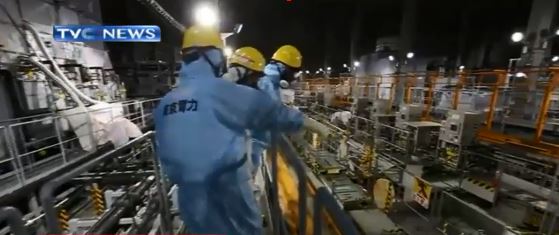The Fukushima clean-up is facing new set backs that could undermine the process of purifying tons of contaminated water.
Eight years after the Fukushima nuclear crisis, fresh obstacles threaten to undermine the massive clean-up: as a treatment system meant to purify a million tons of contaminated water, used to cool the reactor cores, has failed to remove some dangerous radioactive elements.
A government task force has amongst other options suggested that the plant owner, Tokyo Electric Power Company, re-treat all the water stored in 1,000 tanks around the plant, if it is to be eventually released into the ocean .
Re-processing the water could take nearly two years, while Tepco is already running out of space to store the treated water on the facility grounds.
Local fishermen are worried that releasing water from the plant would cause further defamation of the region’s fisheries industry, which has been recovering and regaining trust of consumers by conducting numerous safety tests of their products.
Initially, Tepco said the equipment called ALPS was capable of removing radionuclides except tritium, a relatively harmless radioactive substance that is hard to separate from water.
But following last year’s newspaper reports that some radioactive materials other than tritium were left in the ALPS-processed water, Tepco acknowledged that the water in question contains strontium 90 and other radioactive elements.
Currently, the Japanese government and Tepco are waiting for another panel of experts to make a recommendation on what to do with the water.





